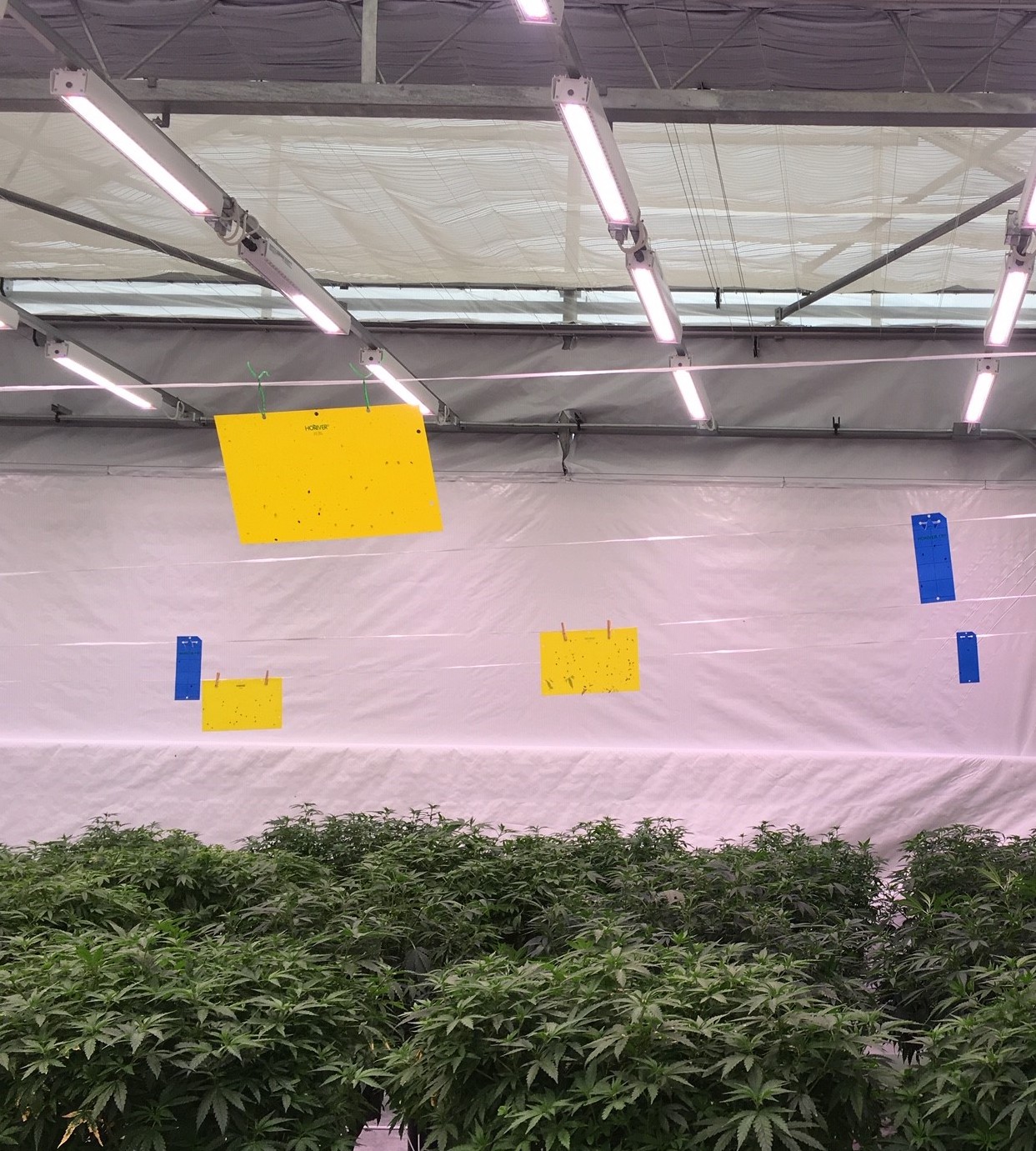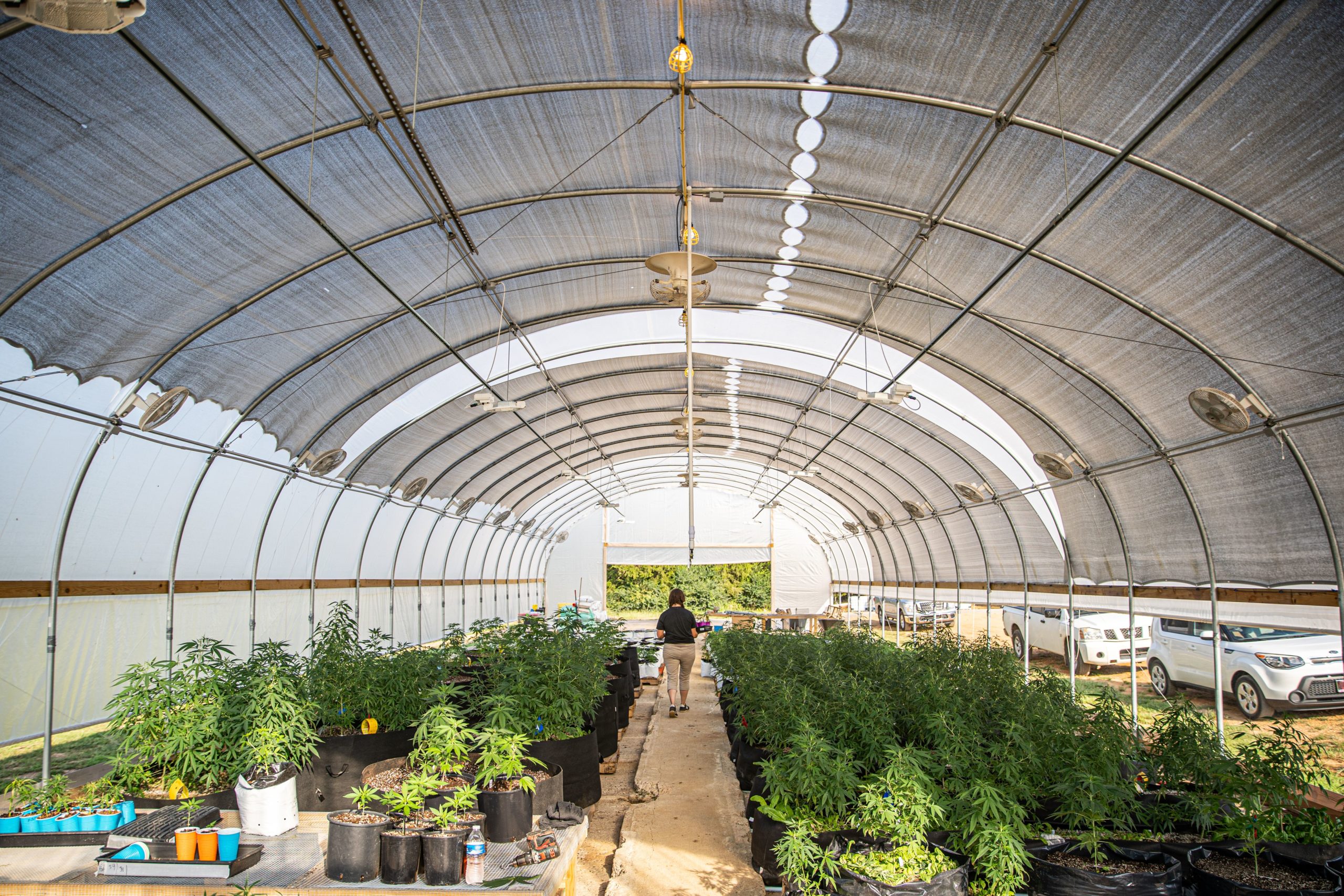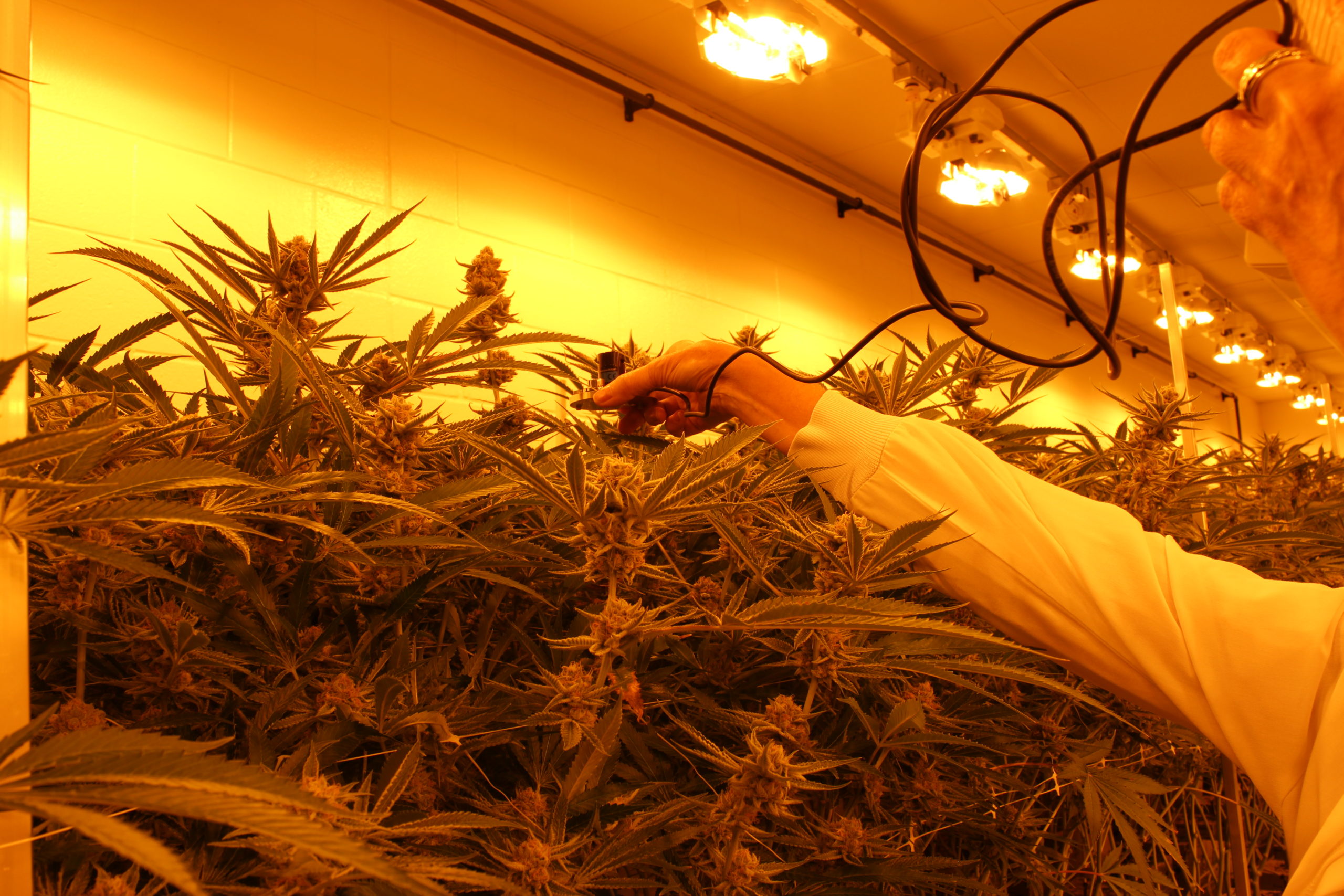Lighting for commercial hemp production – 5 tips on how to light your hemp crop for maximum yields, quality, and potency
We know that light is essential for plant growth. For a plant such as hemp, which is adapted to high light levels with yields and quality heavily influenced by light intensity, having supplemental or a high-quality sole source lighting system is critical to maintain plant health and maximize cannabinoid content. Factors such as photoperiod, light intensity, and quality all play important roles in controlling yield, flowering, CBD concentrations, and even the sex of the plant.
Greenhouse and indoor hemp production allows for a consistent environment that can help maximize yields, CBD, terpene content, and other cannabinoids while protecting against wind, drought, and other environmental-related threats. Hemp (Cannabis Sativa L.) differs from marijuana crops in that it must have less than 0.3% THC. Growers who choose to grow hemp indoors are often growing high-value hemp for CBD production. Some growers also use greenhouse and indoor growing to produce clones and seeds because they can help limit exposure to outside pollen and provide an ideal environment for strong healthy plants.
Hemp production has distinct growing stages: Propagation, vegetative, and flowering. Each has important photoperiod and light intensity requirements. You need 12 hours of darkness to initiate flowering on hemp plants (other than auto-flowering varieties) and a minimum of 18 hours of light for vegetative growth stages to produce strong plants. As plants move from propagation to vegetative to flowering stages, while the photoperiod decreases, light intensity needs to be increased to allow for maximum yields and high cannabinoid content. We typically recommend growers aim for 30 moles of light per day once in flowering cycles. If you are unfamiliar with light measurements and lighting strategies, we have outlined 5 tips on how to light your hemp crop for maximum yields and quality.
Tip 1: Know your DLI and how to measure your light intensity
There is a strong correlation between light intensity and yields, so directing as much PAR light as possible onto the crop is essential for all growers. The way we measure light intensity over a day is called the Daily Light Integral or DLI. DLI refers to the number of photosynthetically active photons in the PAR (photosynthetically active radiation) range accumulated in a square meter over a day. DLI will vary depending on your geography, greenhouse glazing materials, and time of year – it is always highest in the summer and lowest in the winter.
Not achieving your targeted DLI can mean low yields, low quality, and longer crop cycles. For example, in the flowering stage of development, it is recommended to target a minimum DLI of 30 mol/m²/d¹ for proper development and to achieve a high-quality product and yield. In autumn, winter, and early spring, outdoor light levels fall well below 30 moles per day, so supplemental light becomes essential to maintain your desired DLI. To appropriately measure light levels within your growing facility, it is recommended to use a light sensor and not rely on the human eye to detect light levels.
Tip 2: Work with a reputable lighting company with dependable high-quality products that stand up to the harsh environments of greenhouse/indoor growing
Do your research into the companies you want to work with and ensure they have a background in horticulture and can stand by their products. There have been many new lighting companies on the market in the last few years selling products that, although inexpensive, are not designed for plant production or harsh growing environments. In the end, these products often fail. Companies like P.L. Light Systems have been designing and manufacturing horticultural lighting products for 40 years, so we understand the challenges of growing. That is why so many growers depend on our products because they are built to last.
Another thing to look for is CSA or UL-certified products, which means they have been deemed safe for use. If you are opting for LED luminaires, check to ensure they are DLC-certified to help you receive rebates from your local state or provincial energy providers. DLC certification also validates any product performance claims, including light output and energy efficiency.
 Tip 3: Set up a trial area to figure out what lighting works best for your application
Tip 3: Set up a trial area to figure out what lighting works best for your application
Deciding whether to go HID or LED can be a big decision and will depend on many factors, such as your environment, goals, strains, and budget. Both technologies have advantages and disadvantages, so the decision should be made carefully. Setting up a trial R&D area for LED technology is recommended since different varieties and strains can respond differently to the same wavelengths. Another great option is to install a hybrid lighting system with both HID and LED grow lights, so you can take advantage of both the energy savings, spectral efficiency of the LEDs, and the radiant heat and uniformity of the HIDs.
Tip 4. Follow the light plan
Any reputable lighting company will design you a light plan that calculates the best possible coordination of luminaires in terms of their distance and orientation from one another. They will also account for the crops you grow.
The way light is distributed over the crop is equally important as the light intensity because you need a uniform light distribution for even photosynthesis to ensure uniform growth and development. Uneven light will lead to plants drying out at different times and you can have some plants developing faster and others slower
It’s important to remember all luminaire layouts are different. One manufacturer’s light plan may differ from another, not just in the pattern of the lamp layout but also in the number needed to reach the targeted light level and uniformity.
P.L. Light Systems advises growers to consider a light plan that shows guaranteed uniformity and light level.

Tip 5: Determine your ROI
Yield is the most important measurement of profitability. When growing in a controlled environment, understanding yield metrics is important to ensure you are getting the most out of your lighting and are profitable. Supplemental lighting can increase plant density while still obtaining greater quality and yields. Crop growth, uniformity, and productivity are influenced by the homogeneity of light distribution and the amount of light delivered to the entire foliar canopy.
The most common way to measure a crop like hemp is in grams/kilograms per square foot. Measuring yield allows the grower to understand how well the space is being utilized, if grow conditions need to be adjusted, or if some varieties/strains produce better than others. Growers should not be using metrics like Grams per Light since it is not the most telling of ways to determine if your space is efficient. This measurement only tells us the yield under a single light. Other considerations in terms of profitability should also be the price per unit, energy use efficiency, maintenance costs, and infrastructure costs (if doing a retrofit, LEDs can require extra track, wiring, etc.).



